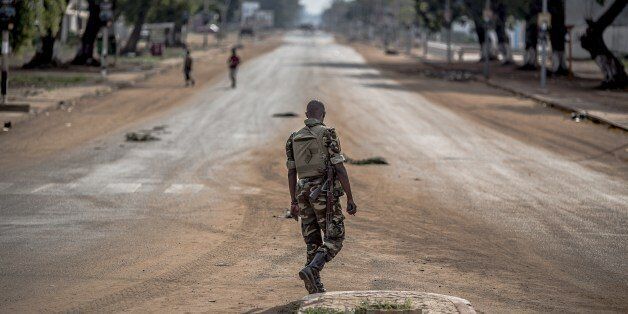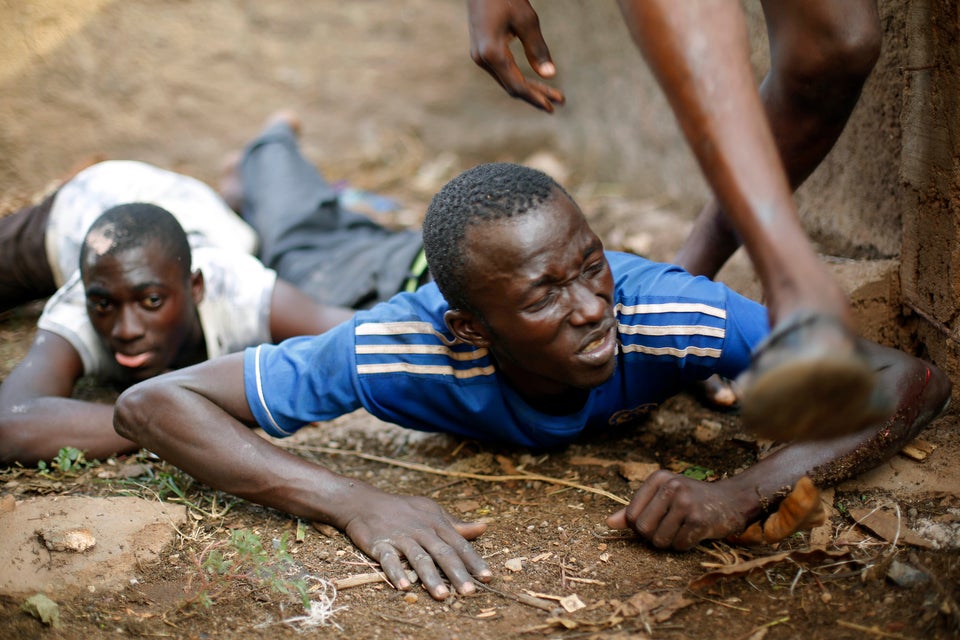
DAKAR, July 16 (Thomson Reuters Foundation) - Fighting in Central African Republic may have claimed more lives than previously thought because many Muslim victims were never taken to state hospitals and families buried their dead at home because of security fears, according to aid workers.
Violence spiraled in the former French colony after the mainly Muslim Seleka rebels ousted the government of President Francois Bozize in March 2013 and Seleka leader Michel Djotodia declared himself president of the majority Christian country.
Medical charity MSF said on Wednesday a survey of nearly 33,000 Central African refugees in neighboring Chad had shown 8 percent questioned had lost at least one member of their family.
Refugees reported 2,599 deaths between November 2013 and April 2014, the report said. A third of 3,449 families had lost at least one member, while a quarter had lost at least two.
Previous estimates of the death toll in the landlocked country based on the number of bodies collected by Red Cross workers had been in the region of 1,000 to 2,000 dead, mostly during a flare-up in fighting in December and January.
Seleka's rule was marked by a string of rights abuses, which spawned a Christian militia known as the 'anti-balaka'.
Djotodia stepped down in January under intense international pressure and violence has continued under the weak interim government despite the presence of about 6,000 African Union peacekeepers and 2,000 French troops.
The United Nations says that around 1 million people have been forced to abandon their homes in search of security - nearly a quarter of the population. Some 390,000 people have fled Central African Republic as refugees.
"Nobody really knows the death toll in CAR, but now at last we have some figures," said Yann Lelevrier, MSF regional operational representative. "The report raises the point that even if we have had a lot of progress, the violence is still worrying."
Giovanni Cassani, head of the International Organization for Migration (IOM) in Central African Republic, said many people who had lost family members had simply buried them near their homes because of security fears.
"Others in the Muslim community take their dead straight to the mosque where they are read prayers by the imam and then buried nearby. The red cross and state hospitals will have no record of them," Cassani said.
Gaston Mackouzangba, spokesperson for the Central African Republic's transitional government, said that the security situation in the capital Bangui had improved but violence in the provinces was continuing, particularly around the central town of Bambari.
(Reporting by Misha Hussain; Editing by Daniel Flynn and Ralph Boulton)

